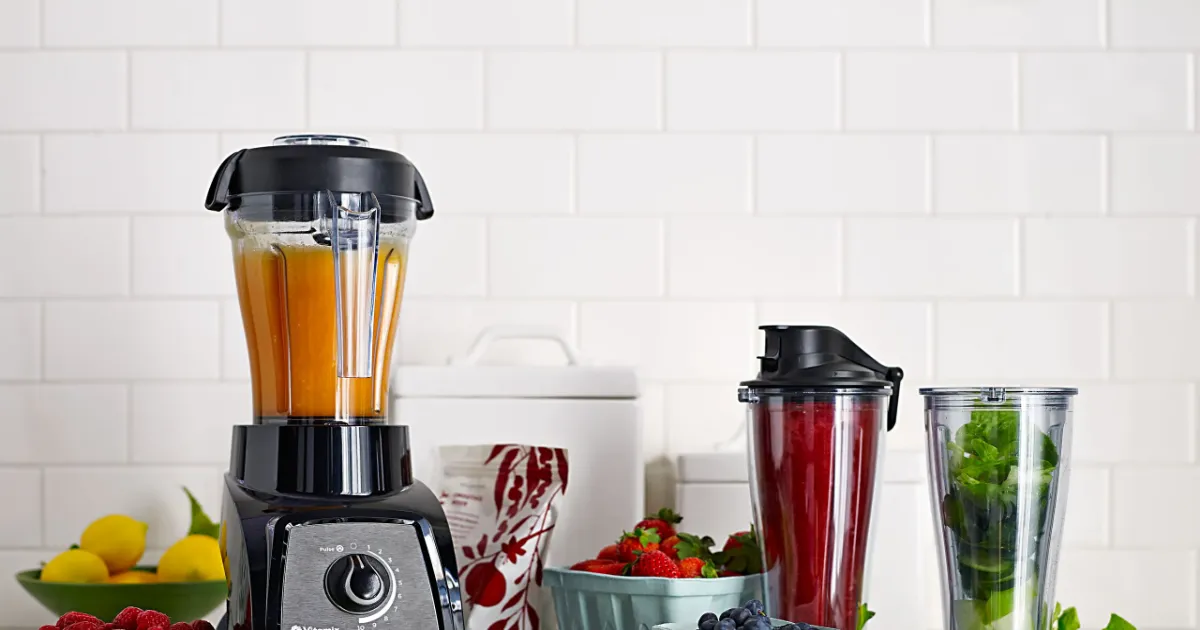Do you like to cook? Mixer vs blender are both kitchen appliances used for different tasks. A mixer is mainly used for mixing ingredients, while a blender can be used for blending, pureeing, and liquefying.
If you’re not sure which appliance to buy, consider what tasks you’ll use it for most often. If you plan to do a lot of baking, a mixer might be the better choice. If you want to make smoothies or soup, a blender is probably your best bet.
Choose the appliance that best suits your needs. Now that you should know what is the difference between mixer vs blender which one will you choose?
Table of Contents
What Is A Mixer?
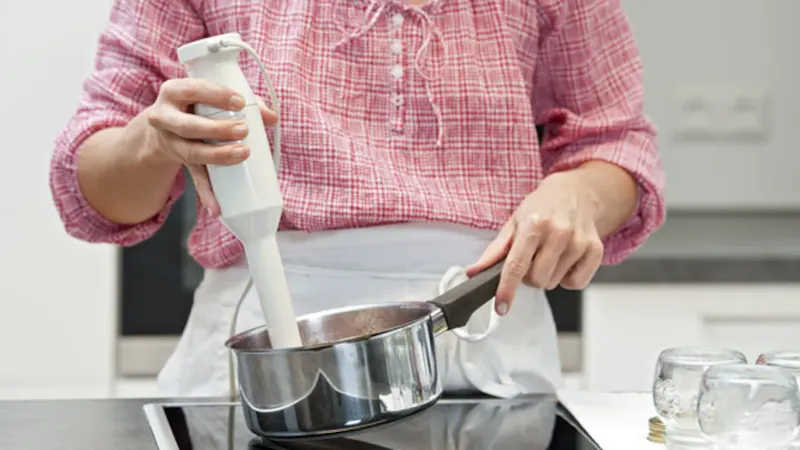
A mixer is a kitchen appliance that is used to combine ingredients or to beat eggs. Mixers typically have multiple speed settings, and some have attachments that can be used for different tasks, such as kneading dough or chopping vegetables. Kitchen mixers can be stand mixers or hand-held mixers.
There are a variety of stand mixers on the market, from basic models to those with multiple attachments and various speed settings. Hand-held mixers are less expensive and typically have fewer features than stand mixers.
No products found.
When choosing a mixer, consider the tasks you’ll be using it for most often. If you plan to do a lot of baking, look for a mixer with multiple speed settings and attachments that will allow you to knead dough and whip cream. If you’ll be using your mixer mostly for making quick meals, a hand-held mixer with fewer speed settings may be all you need.
No matter which type of mixer you choose, keep in mind that mixers are relatively easy to use and can make quick work of many kitchen tasks. Be sure to read the manufacturer’s instructions carefully before using your mixer for the first time.
History of A Mixer
A mixer has a long history back to the early 1800s. The first mixer was created by an Englishman named Thomas Young in 1807. It was a large, hand-cranked machine that was used to mix flour and water. In 1885, an American inventor named Rufus Eastman patented the first handheld mixer. It was much smaller than the stand mixers of today and was powered by batteries.
Electric mixers were first introduced in the early 1900s, and they quickly became popular kitchen appliances. Mixers have come a long way since then, with new features and attachments being added to make them more versatile and user-friendly. Today, mixers are an essential kitchen appliance for many home cooks and baking enthusiasts.
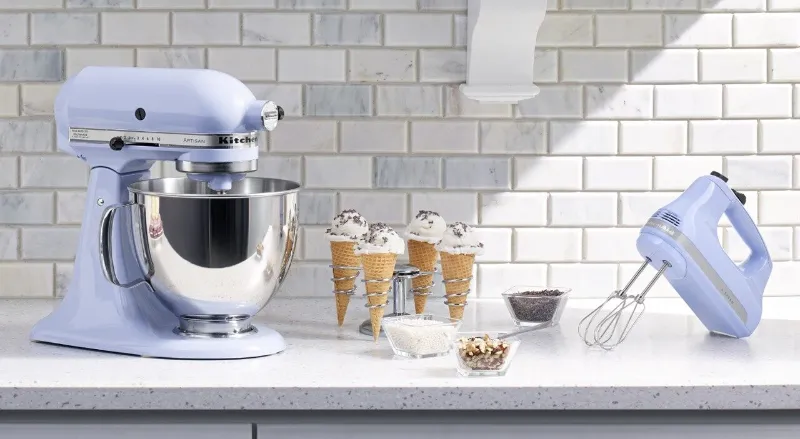
Benefits of Using A Mixer
There are many benefits of using a mixer. The first and most obvious benefit is that it can save you time in the kitchen. Mixers are able to quickly and easily combine ingredients, which can be a huge time-saver, especially when you’re preparing large meals or baking.
Another benefit of using a mixer is that it can help you create consistent results. When you’re baking, for example, it’s important to have all of your ingredients combined evenly in order to produce the perfect cake or batch of cookies. Mixers can help you achieve this goal by thoroughly mixing all of the ingredients together.
Mixers can also be a great help if you have any limitations in the kitchen. If you have difficulty stirring or whisking by hand, a mixer can do the job for you. Similarly, if you have trouble lifting heavy pots and pans, a stand mixer can take some of the strain off by mixing ingredients for you.
Overall, mixers can be a great addition to any kitchen. They can save you time and help you create consistent, beautiful results with your cooking and baking. If you think a mixer might be right for you, be sure to do some research to find the perfect model for your needs.
What Is A Blender?
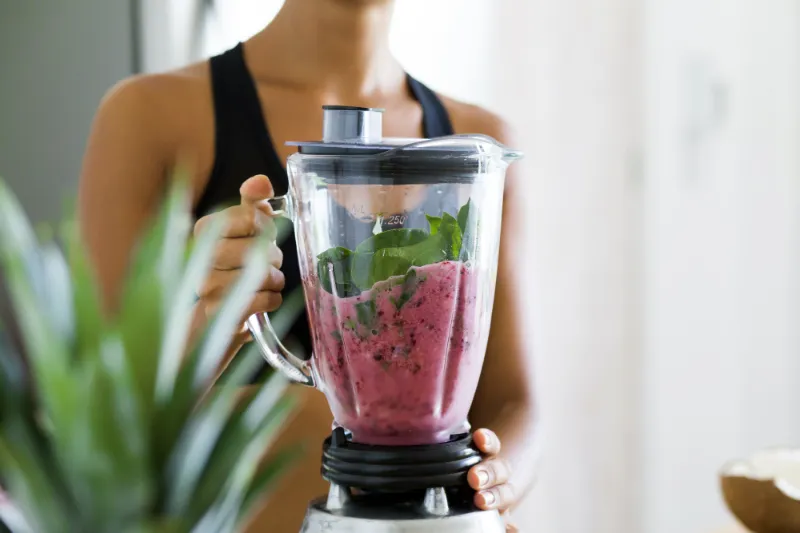
A blender is a kitchen and laboratory appliance used to mix, purée, or emulsify food and other substances. A stationary blender consists of a blender jar with a rotating metal blade at the bottom, powered by an electric motor in the base. Some powerful models can also crush ice.
The term “blender” is often used interchangeably with “juicer” or “smoothie maker”.However, these appliances are not the same, and each one has its own unique function. For example, a juicer extracts juice from fruits and vegetables, while a smoothie maker blends them together with milk, yogurt, or ice cream.
No products found.
A blender is a versatile kitchen tool that can be used to make a variety of different foods and drinks. Some of the most common things that are made in a blender include smoothies, soups, sauces, and dips.
If you are looking for a kitchen appliance that can do it all, then a blender is a good choice. Whether you want to make a healthy smoothie or a delicious soup, a blender can help you create a variety of different dishes.
History of A Blender
A blender has a long history back to the early 1900s. The first blender was created by Stephen J. Poplawski in 1922. His invention was inspired by a milkshake mixer that he had seen at a soda fountain shop.
Poplawski’s blender was originally called the “Drink Mixer” and it was designed to mix beverages such as milkshakes and cocktails. The first version of the blender was a hand-powered mixer that had a metal container with blades at the bottom.
In 1937, Fred Osius created the first electric blender. His blender was called the “Waring Blendor” and it was designed to make soup. Osius’ blender was much more powerful than Poplawski’s mixer and it quickly became a kitchen staple.
Today, blenders come in a variety of different shapes and sizes. They can be used to make a wide range of different foods and drinks. Whether you want to make a smoothie or a soup, there is a blender out there that is perfect for you.
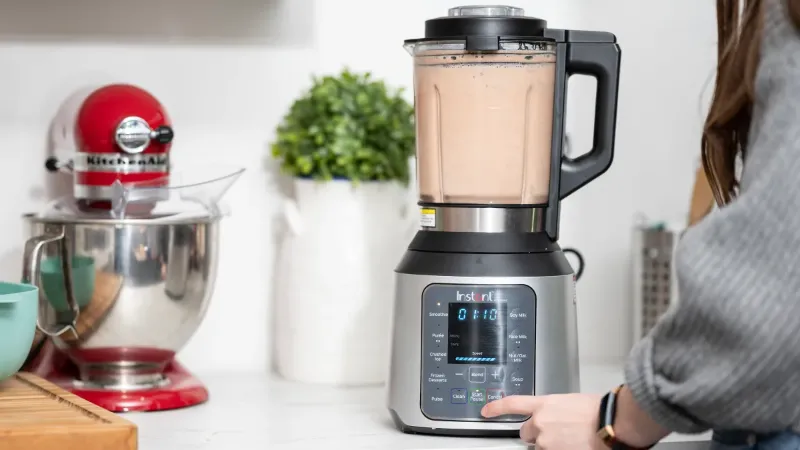
Benefits of Using A Blender
There are many benefits of using a blender. A blender can help you create healthy and delicious meals. It is a versatile kitchen appliance that can be used to make a variety of different foods and drinks.
The first and most obvious benefit of using a blender is that it can help you create healthy meals. Smoothies are a great way to get your daily dose of fruits and vegetables. A blender can also be used to make soups and sauces. If you are looking for a healthy alternative to processed foods, then a blender is a good choice.
Another benefit of using a blender is that it is very versatile. You can use a blender to make a variety of different foods and drinks. If you are looking for a kitchen appliance that can do it all, then a blender is a good choice.
Blender is relatively easy to use. Even if you have never used a blender before, it is easy to learn how to use one. If you are looking for an appliance that is easy to use and can help you create healthy and delicious meals, then a blender is a good choice.
Difference Between Blender vs Mixer
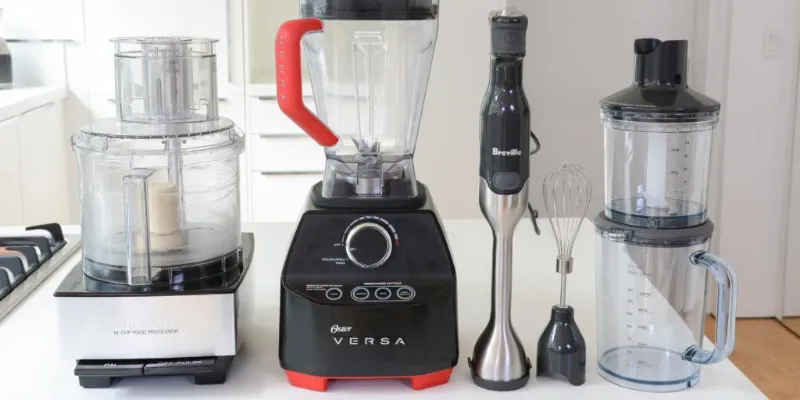
Mixer vs Blender: When to Use
Mixer vs blender has a number of different applications in the kitchen such as:
Common Blender Uses
- Crushing
- Chopping
- Liquifying
- Pureeing
Common Mixers Uses
- Whipping
- Whisking
- Beating
- Kneading
Mixer vs Blender: Types
There are different types of mixer vs blender:
Types of Mixers
There are two main types of mixers: stand mixers and hand-held mixers. Stand mixers are larger and more powerful than hand-held mixers, and they typically have multiple speed settings and attachments that can be used for different tasks, such as kneading dough or whipping cream. Hand-held mixers are less expensive and typically have fewer features than stand mixers.
When choosing a mixer, consider the tasks you’ll be using it for most often. If you plan to do a lot of baking, look for a mixer with multiple speed settings and attachments that will allow you to knead dough and whip cream. If you’ll be using your mixer mostly for making quick meals, a hand-held mixer with fewer speed settings may be all you need.
No matter which type of mixer you choose, keep in mind that mixers are relatively easy to use and can make quick work of many kitchen tasks. Be sure to read the manufacturer’s instructions carefully before using your mixer for the first time.
Types of Blenders
There are a few different types of blenders that you can choose from. The type of blender that you need will depend on what you want to use it for. Here are a few of the most common types of blenders:
Immersion Blender: An immersion blender, also known as a hand blender, is a small and handheld blender. It is perfect for small tasks such as blending a smoothie or puréeing a soup. Immersion blenders are much less expensive than other types of blenders and they are very easy to use. You can even take them with you when you travel.
Stand Blender: A standing blender, also known as a countertop blender, is a larger and more powerful blender. It is perfect for making large batches of food or for crushing ice. Stand blenders are more expensive than immersion blenders but they are worth the investment if you plan on using your blender often.
Food Processor: A food processor is a kitchen appliance that can be used to chop, slice, and shred food. It can also be used to make purées and soups. Food processors are more expensive than blenders but they are very versatile. If you want an appliance that can do it all, then a food processor is a good choice.
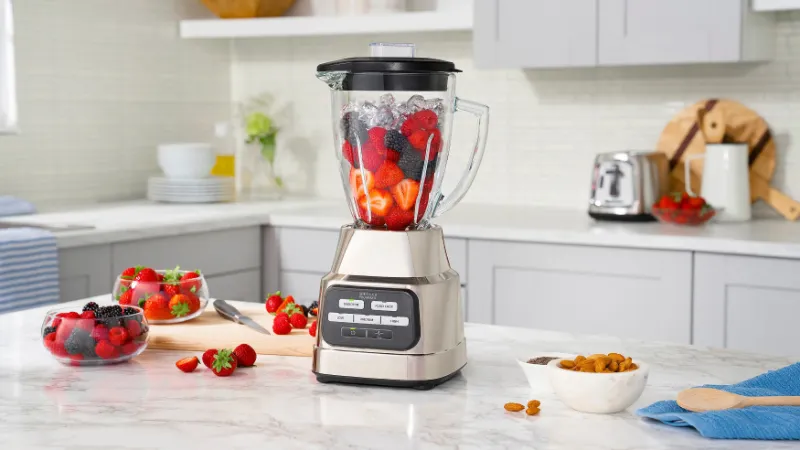
Mixer vs Blender: Speed Settings
All mixers have at least two speed settings: low and high. Some mixers also have a “stir” setting or other speeds in between low and high. The number of speed settings varies from the mixer to mixer, so consider how many you’ll need before making a purchase.
Some mixers have a “pulse” setting, which can be used for tasks such as chopping vegetables or nuts. The pulse setting allows you to control the blade speed so that you don’t overdo it and end up with a mushy mess.
On the other hand, all blenders have only one speed: ON. That’s because a blender depends on the friction between the blades and the food or liquid to create heat, which in turn breaks down the ingredients so they become smooth.
While all blenders have only one speed, some do have a “pulse” setting. This setting can be used for tasks such as chopping vegetables or nuts. The pulse setting allows you to control the blade speed so that you don’t overdo it and end up with a mushy mess.
Mixer vs Blender: Size
While both mixers and blenders come in a variety of sizes, it’s important to consider how much counter space you have available and how much volume you’ll need to make your recipes.
For example, a small mixer might be perfect for someone who doesn’t have a lot of counter space and who usually makes smaller batches. A larger mixer might be better suited for someone who has more space and who often makes large batches.
The same is true for blenders. A small blender might be fine for someone who only needs to make a smoothie for one person. A larger blender might be necessary for someone who wants to make enough smoothies for several people or who often makes large batches of soup.
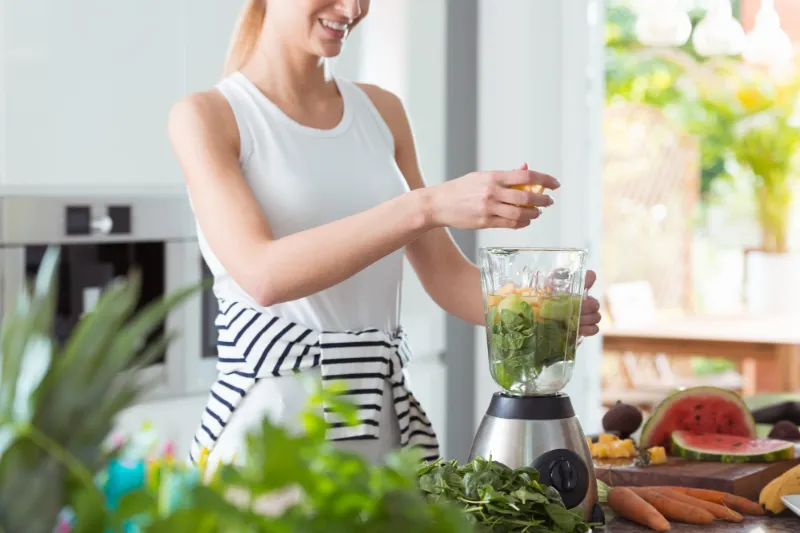
Mixer vs Blender: Design
Another difference between mixer vs blender is their design. Mixers generally have a bowl that sits on the base, while blenders have a pitcher that sits on the base. Because of this difference, mixers are generally better suited for tasks such as whisking and mixing, while blenders are better suited for tasks such as puréeing and chopping.
Some mixers also come with attachments that can be used for different tasks. For example, some mixers come with a dough hook that can be used for kneading dough.
Mixer vs Blender: Ease of Use and Cleaning
When it comes to mixer vs blender, there are some key differences in terms of ease of use and cleaning.
For example, some mixers have a bowl that tilts on its own while others require you to tilt the entire mixer. This can be a matter of personal preference, but it’s something to consider when making your decision.
Some mixers also come with attachments that can make life easier, such as a dough hook or a whisk. These attachments can be great if you plan on using your mixer for baking or other tasks that require specific tools.
On the other hand, blenders are generally very easy to use and clean. Most have only one speed (ON) and don’t require any special attachments. Blenders also tend to be easier to clean than mixers because they have fewer parts. This is especially true if you have a blender with a detachable blade.
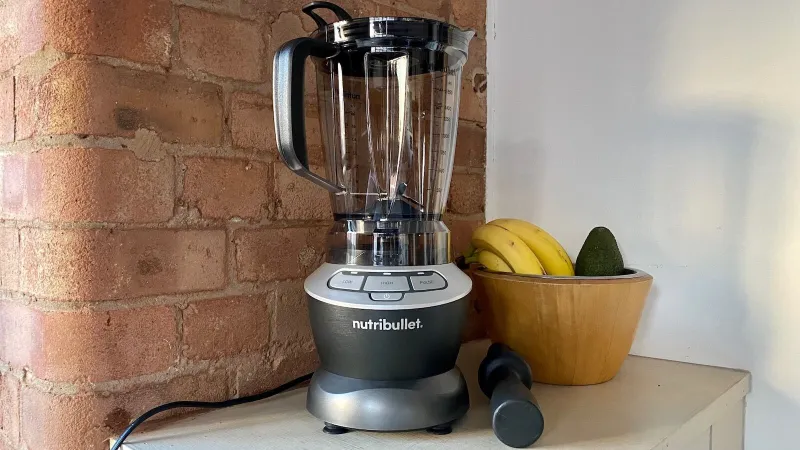
Mixer vs Blender: Attachments
Consider the attachment between mixer vs blender. Most stand mixers come with a few basic attachments, such as a flat beater, dough hook, and wire whisk. Some mixers also have additional attachments available for purchase, such as a meat grinder or pasta maker. When choosing a mixer, consider which attachments you might use most often.
On the other hand, blenders are much more limited in terms of attachments. Most only come with a single blade attachment, although some higher-end models may have additional attachments available. If you’re looking for a versatile kitchen appliance, a mixer is a way to go.
Mixer vs Blender: How to Use
Of course, the way to use is difference between a mixer vs blender. Using a mixer is relatively simple. The first thing you’ll need to do is gather all of the ingredients you’ll be mixing together. Once you have your ingredients, add them to the bowl of the mixer.
If you’re using a stand mixer, you can use the paddle attachment or the whisk attachment, depending on what you’re mixing. Once your ingredients are in the bowl, turn the mixer on to the desired speed and let it do its work.
Blenders, on the other hand, require a little bit more preparation. First, you’ll need to gather all of your ingredients and add them to the blender jar. Then, you’ll need to add some liquid, such as water or milk.
This will help the blender blend the ingredients together more easily. Once you have your liquid in the jar, put the lid on and start blending. Start on a low setting and gradually increase the speed until everything is well blended.
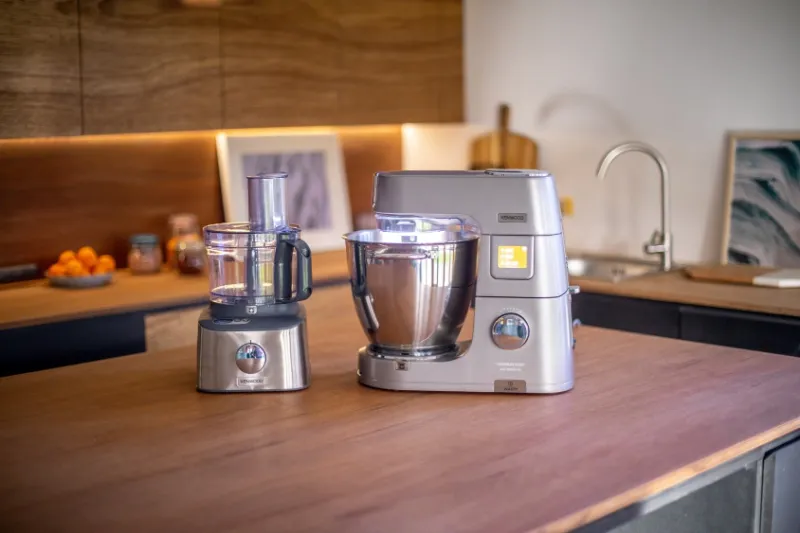
Mixer vs Blender Long-Term Use and Care
Another difference feature between mixer vs blender is how easy they are to keep and how often you need to replace them.
With proper care, a mixer can last for years and years. The same can be said for a blender, but only if you don’t use it too often. If you use your blender on a daily basis, you might find that you need to replace it every year or two.
On the other hand, if you only use your mixer once in a while, it could last for decades. The same can’t be said for a blender because the blades are more likely to break if they’re not used often.
When it comes time to replace either your mixer or your blender, you’ll find that mixers are generally more affordable than blenders.
Price
Finally, another difference between mixer vs blender is the price. In general, mixers are going to be more expensive than blenders. This is because they tend to be more versatile and have more features. However, there are some high-end blenders that can be just as expensive as a mixer.
When it comes to choosing between a mixer and a blender, it really comes down to what you need it for. If you only need to blend occasional smoothies or soups, a blender will suffice.
But if you do a lot of baking or cooking and need to mix up doughs and batters, a mixer is the way to go. No matter what you choose, you’ll be able to create delicious and healthy recipes with either a mixer or a blender.
Table Of Common Mixer vs Blender Uses
| Recipe / Task | Mixer | Blender |
| Cake Batter | x | |
| Beating Eggs | x | |
| Smoothies | x | |
| Purees | x | |
| Mashed Potatoes | x | |
| Dips and Sauces | x | |
| Churning Butter | x | |
| Shredding Chicken | x | |
| Ice Cream | x |
See video about hand mixer vs blender:
FAQs about Mixer vs Blender
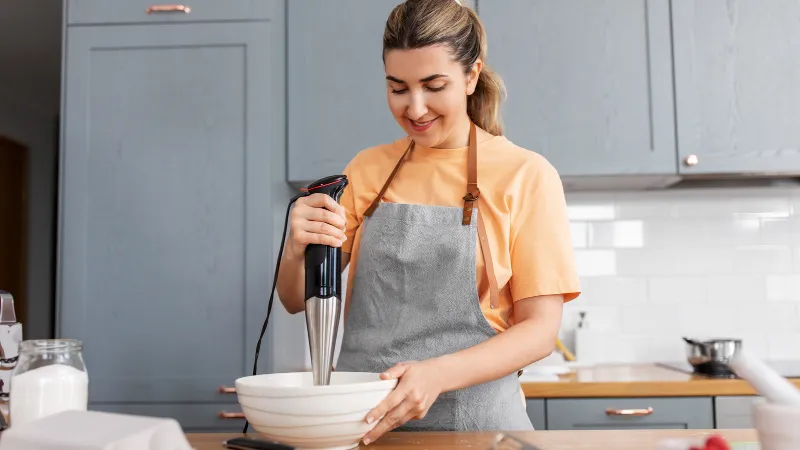
How do you decide which mixer vs blender to buy?
You can decide based on several factors, including your budget, the features you need, and the brand you prefer. However, the most important factor to consider is what you’ll be using the mixer vs blender for. If you need a powerful blender for crushing ice or making smoothies, you’ll want to choose a model with at least 1000 watts of power.
If you’re looking for a versatile appliance that can handle both mixing and blending tasks, then a dual-purpose model may be the best option. Be sure to read product reviews to get an idea of which models perform well and which ones have any known issues.
How to clean mixer vs blender?
Cleaning a mixer or blender is relatively easy. Simply remove the detachable parts and wash them in soapy water. For tougher stains, you can use a diluted vinegar solution. To clean the inside of the blender, add some water and a drop of dish soap, then run the blender on its highest setting for 30 seconds. Rinse well and dry before reassembling.
How to store mixer vs blender?
When not in use, store your mixer or blender in a cool, dry place. If possible, keep it in its original box or another storage container to protect it from dust and other potential damage. You can also wrap the cord around the base of the appliance to keep it tidy and prevent tangling.
Mixer vs blender: are they interchangeable?
I think no!. Blender-lovers everywhere have been trying their luck at making cakes with a blender, but they’re missing out on the authentic taste of an oven’s perfect cake. Though it is possible to mix up some batter in your kitchen appliance and achieve satisfactory results – if you overdo things or don’t pay attention while doing so! It turns out that too much mixing causes gluten development which leads, either way, will make tough & rubbery products; therefore most recipes.
See the video below about food processor vs mixer vs blender:
Conclusion
What are the differences between mixer vs blender? There are pros and cons to both mixers and blenders. A mixer is great for quickly whipping up a batch of cookies or cake batter, while a blender can create smoothies, soups, and more with ease.
Ultimately, blender vs mixer? The best choice for you depends on your needs and what you’re hoping to make in the kitchen. If you’re looking for a versatile appliance that can do it all, a blender is a way to go. But if you need something specifically for baking, a mixer is your best bet.
You should always buy a quality blender or mixer and follow the good maintenance habits mentioned above. By following these easy procedures, you can make sure that your mixer vs blender will work tirelessly in order to serve its purpose.
G Patel has been honing his craft in the restaurant industry for over 25 years. After graduating from North Carolina State University with a degree in business, G set out to turn Eschelon Hospitality into a recognized brand throughout Carolina’s state restaurants; and he did just that when acquiring Mura North Hills. Since then, it has become an iconic sushi-serving establishment.

